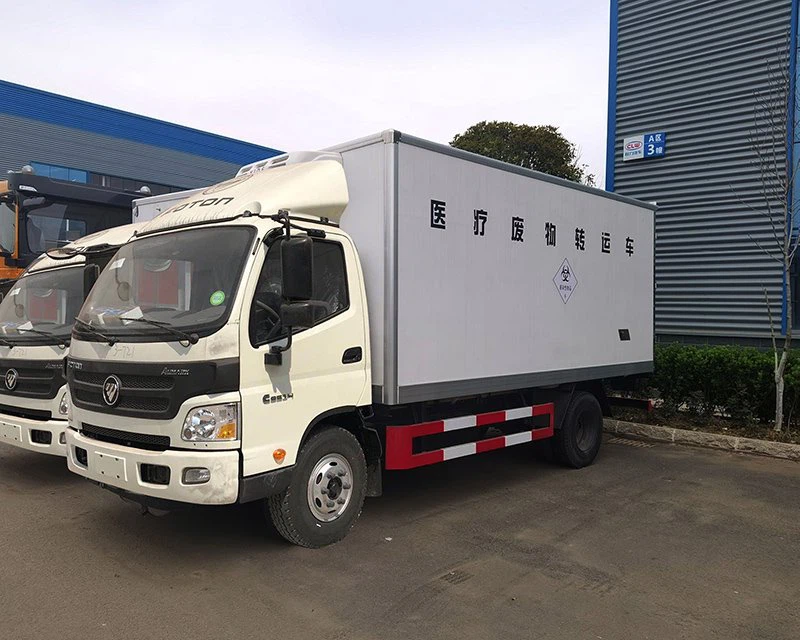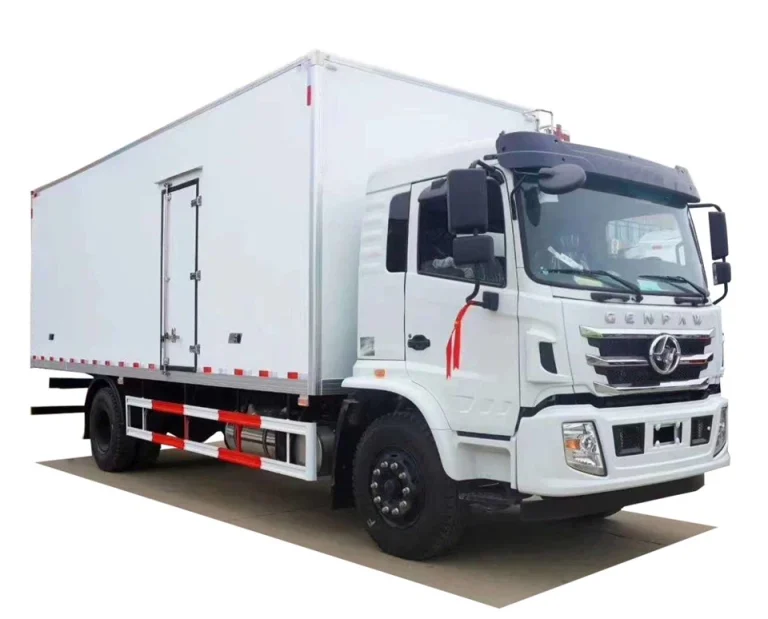The semi fuel tank capacity is a crucial aspect of any trucking operation. Understanding the fuel tank capacity of a semi-truck not only helps you gauge how far you can travel before needing to refuel, but it also plays a significant role in fuel efficiency, load capacity, and overall operational cost. In this article, we will delve into various aspects of semi fuel tank capacity, discuss practical implications, and answer some frequently asked questions.
Understanding Semi Fuel Tank Capacity
Semi trucks, commonly used for freight transport, come with varying fuel tank capacities. This capacity is measured in gallons and can significantly influence how far a semi can travel without refueling. The standard fuel tank capacities for most semi-trucks range from 100 to 300 gallons, depending on the truck model, the configuration of the setup, and the purpose for which it is designed.
Why Fuel Tank Capacity Matters
The fuel tank capacity of a semi-truck affects several factors:
- Range: Knowing your tank capacity helps determine how far you can go without stopping for fuel. This is especially important for long-haul routes.
- Operational Cost: Larger tanks can reduce the frequency of refueling stops, potentially lowering fuel costs.
- Weight Distribution: Proper fuel storage can affect load balance and handling.
Different Configurations of Semi Fuel Tanks
Semi trucks typically come with one of several configurations for their fuel tanks:
- Single Tank: A standard setup with one fuel tank, usually found on lighter trucks or single-axle configurations.
- Dual Tanks: Common in long-haul trucks, dual tanks increase total capacity, allowing for longer distances between fuel stops.
- Custom Configurations: Some trucks may include additional tanks or unique placements to meet specific needs or preferences of the driver.
Factors Affecting Semi Fuel Tank Capacity
Truck Model and Manufacturer
The design of the truck plays a vital role in determining its fuel tank capacity. Different truck brands and models come equipped with different sizes and types of tanks.
Purpose of Use
Trucks designed for regional delivery may have smaller tanks compared to those designed for long-haul trucking. Understanding your operating conditions can influence the decision on tank size.
Regulatory Limitations
Certain regulations may limit the fuel tank capacity for trucks depending on local laws and interstate regulations. Compliance with these regulations is essential for safe and legal operation.
Weight and Payload Considerations
A larger fuel tank means more weight. It’s essential to balance the need for fuel capacity with the overall weight of the truck and its payload to adhere to weight limits.
Calculating Fuel Efficiency
Understanding semi fuel tank capacity is just part of the equation; you also need to consider the truck’s miles per gallon (MPG) performance. Let’s explore how you can calculate fuel efficiency based on fuel tank capacity.
Understanding Miles Per Gallon (MPG)
The fuel efficiency of a semi-truck is typically measured in miles per gallon (MPG). By determining both your fuel tank capacity and the truck’s MPG, you can calculate the maximum range.
Example Calculation
For instance, if a semi-truck has a fuel tank capacity of 200 gallons and achieves an average of 7 MPG, the maximum distance before refueling would be:
| Fuel Tank Capacity (Gallons) | Average MPG | Maximum Distance (Miles) |
|---|---|---|
| 200 | 7 | 1400 |
In this example, the semi-truck can travel a maximum of 1,400 miles before needing to refuel.
Choosing the Right Fuel Tank Capacity for Your Needs
Selecting the appropriate fuel tank capacity is vital for operational efficiency. Here are some tips to consider:
1. Assess Your Average Distance
Analyze your typical routes to determine the average distance to be traveled. Long-haul routes may warrant larger tanks, while shorter routes can use smaller tanks effectively.
2. Evaluate Fuel Prices
Monitoring fuel prices along your routes can influence your decision on tank size. In regions with high fuel costs, a larger tank may be beneficial to reduce stops.
3. Consider Load Requirements
The weight and volume of your load can impact fuel efficiency. Heavier cargo may reduce fuel efficiency and require more frequent refueling, so consider how your load will affect your choice of tank size.
4. Take Advantage of Technology
Many modern trucks are equipped with advanced telematics systems that offer insights into fuel consumption, optimal routes, and refueling strategies. Leveraging technology can enhance the decision-making process.
5. Test Different Configurations
For fleet operators, testing different fuel tank capacities across multiple vehicles can provide insights into the most efficient configurations for specific routes or load types.
Common Myths About Semi Fuel Tank Capacity

There are several misconceptions surrounding the fuel capacity of semi-trucks. Let’s examine and debunk some of these myths.
Myth 1: Bigger Is Always Better
While larger tanks allow for extended travel between refueling, they also add weight to the truck, potentially reducing fuel efficiency. It’s essential to find a balance.
Myth 2: All Trucks Use the Same Fuel
Not all semi-trucks use diesel; some may operate on alternative fuels. The choice of fuel can impact the selection of tank size and design.
Myth 3: Fuel Capacity Determines Performance
Fuel capacity is an essential factor, but it is not the sole determinant of a truck’s performance. Other elements, such as engine efficiency, cargo weight, and route characteristics, also play a significant role.
Maintenance Tips for Fuel Tanks

Maintaining your semi truck’s fuel tank is crucial to ensure its longevity and efficiency. Here are some essential maintenance tips:
1. Regular Inspections
Frequent checks of the fuel tank for leaks, rust, or corrosion can prevent significant issues down the road.
2. Clean Fuel System
Keep filters and tanks clean to avoid contaminants that can reduce efficiency and cause damage to the engine.
3. Monitor Fuel Quality
Ensure you are using quality fuel that meets industry standards. Poor quality fuel can lead to performance issues and increased wear on the fuel system.
4. Address Issues Promptly
If you notice any discrepancies in fuel levels or performance, address them immediately to avoid further damage or efficiency loss.
FAQs about Semi Fuel Tank Capacity
1. What is the average fuel tank capacity for semi trucks?
The average fuel tank capacity ranges from 100 to 300 gallons, depending on the truck model and configuration.
2. How does fuel tank capacity affect fuel efficiency?
A larger fuel tank allows for longer trips between refueling, but overall fuel efficiency also depends on vehicle weight, driving conditions, and engine performance.
3. Can I customize the fuel tank capacity of my semi truck?

Yes, many truck models allow for customization in fuel tank size and placement based on your specific operational needs.
4. How do I determine the right fuel tank size for my business?
Consider your average travel distance, the weight of your loads, fuel prices along typical routes, and your overall operational strategies to determine the right fuel tank size.
5. Are there regulations regarding fuel tank sizes for semi trucks?
Yes, there are regulations that may limit fuel tank sizes based on local and interstate laws to ensure safe operation.
6. What should I do if my fuel tank is leaking?
If you notice a fuel leak, stop using the vehicle immediately and consult a qualified technician for repairs to prevent environmental hazards and safety concerns.






